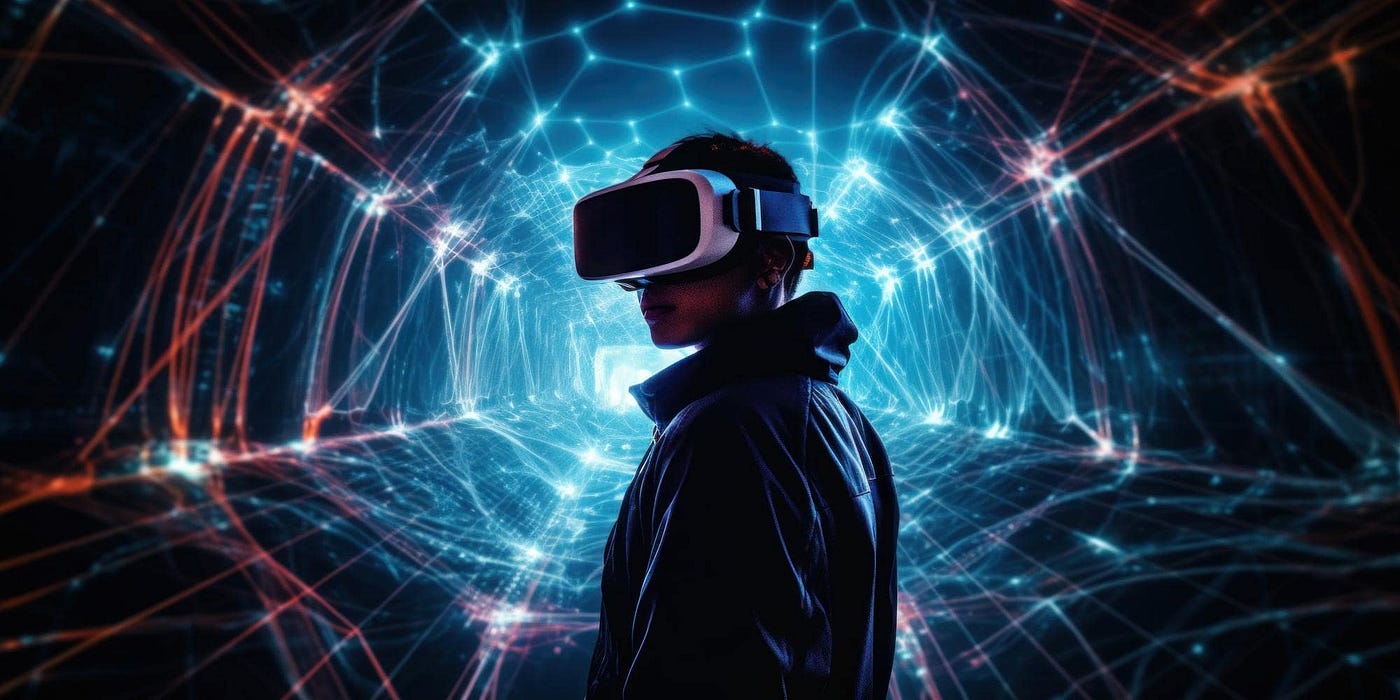Retailers are under pressure to introduce new store designs and product displays on an ongoing basis, with budgets and environmental impacts in check. By substituting repeated physical mock-ups with virtual prototyping and digital twin workflows, there’s a viable path to minimizing waste, decreasing development times, and reducing overheads without jeopardizing creative testing.
What is Virtual Prototyping for Retail?
Virtual prototyping refers to the creation of an authentic, interactive model of a store plan, display stand, or product configuration in a virtual environment. By applying 3D scans, computer-generated models, and simulation engines, groups can stroll through plans, attempt sight lines, examine material finishes, and experiment with customer paths. When combined with a digital twin of the physical space, the virtual model replicates real measures, including lighting, foot traffic patterns, and shelf dimensions.
Environmental Advantages
Physical prototypes use materials, move resources around, and waste disposal capacity. Every build leaves a quantifiable mark, from made stands and printed signage to the energy expended moving things around between design studios and shops.
Virtual testing dispenses with most of these expenses, minimizing the amount of timber, plastics, and cardboard that ends up in the supply chain. It also saves stakeholders’ travel because remote teams are able to examine and alter designs in a common virtual space. Combined, these decisions minimize the lifecycle footprint of concept testing and enable more reliable sustainability reporting.
Cost Savings and Operational Efficiency
Aside from environmental benefits, virtual prototyping has definite cost savings. It costs much less to create one digital model that can be easily altered compared to producing several physical versions. Design groups are able to test variations in minutes, not days, and procurement groups are able to order the precise amounts of materials using accurate virtual specifications.
Spatial or ergonomic problems that arise early on also avoid expensive on-site repairs. For multichannel retailers, customer flow simulations and product placement can be matched against sales data to enhance return on project investment.
Improved Decision-making, Less Rework
They need many iterations, approvals made after delays, and last-minute fixes on the factory floor. Virtual models allow sharing at all levels, from store manager to regional director, for real-time alphanumeric marking of problems encountered and changes that can be viewed or approved immediately.
The simultaneous review eliminates revision loops and expensive rework possibilities. What ensues is a quicker route from idea to store deployment, freeing teams to execute instead of organize.
Use Cases That Deliver Value
Some real-world scenarios illustrate where virtual prototyping is worthwhile. Seasonal pop-ups can be tested to choose the most effective footprint, eliminating setup and teardown expenses.
Product launches are helped by virtual A/B testing of display treatments to identify the most explicit attention drivers. Store refits can be virtually tested to validate compliance with safety and accessibility requirements prior to construction.
Every use case decreases the number of physical builds while providing insights into improved procurement and scheduling decisions.
Measuring Impact
In order to present a credible business case, retailers must measure both financial and environmental gains. Metrics could be the number of prototype units reduced, reduced spending on procuring materials, the number of site visits minimized, and shortened project timelines.
Carbon savings from lowered shipments and waste can be included in the report as estimated. These measures, combined with improved sales lift or conversion gains due to improved layout decisions, provide an attractive return on investment calculation that can be confirmed by stakeholders.
Implementation Requirements
Adoption must be clear in the process. Pilot with a single-store format or a high-value launch. Set up data inputs to the digital twin, such as good-quality floor plans, lighting schemes, and product sizes.
Cross-functional teams need to be trained to examine virtual models and involve procurement early so that virtual design translates into exact material orders. Lastly, create a feedback loop that collects data after implementation, so virtual simulations become increasingly accurate over time.
Getting set up with an experienced service provider like Limina Studios can speed up the process, and proof of concept projects generally pay back in terms of materials and labor costs avoided within one rollout. Process documentation also enables teams to repeat success in multiple regions.
Challenges and How to Overcome Them
Common challenges are upfront software expenses, a team learning curve, and the accuracy of data. These can be addressed by adopting a phased approach, adopting cloud-based tools to minimize the initial outlay, and focusing on quality scans and checks of dimensions for the pilot. Governance on responsibilities, version control, and data safety allows the virtual workflow to assist, not encumber, operational rhythms.
Conclusion
With virtual prototyping and linked digital twin practices, physical waste is minimized, cost is reduced, and decision-making is accelerated with design freedom maintained. If implemented carefully, retailers can expand experiments to formats, quantify their environmental footprint, and provide superior in-store experiences with reduced resources.
For Dubai retailers and brands who are looking for such services, Limina Studios offers end-to-end virtual prototyping, 3D scanning, and digital twin build-outs that facilitate teams in testing concepts virtually and bringing them to life as efficient, sustainable rollouts.






















